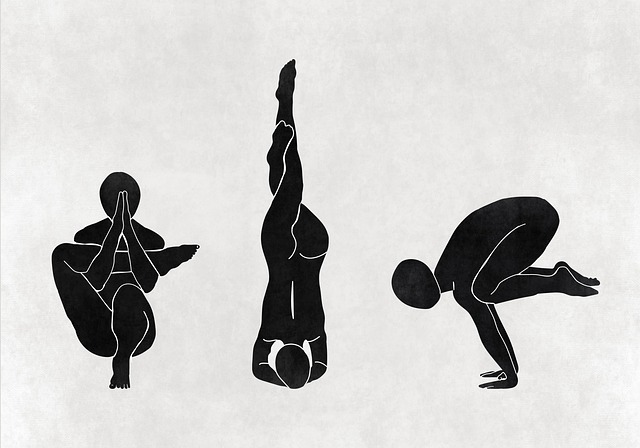(Rootings, Rein Bedic, Restabil, Method & /
In the pursuit of optimal health, excessive treatment plans can inadvertently lead to more harm than good. This article delves into the critical issue of red flags in chiropractic care, shedding light on common signs of over-treatment. By understanding these indicators, individuals can make informed decisions and prevent harmful practices. Learn how to recognize when a treatment plan veers from beneficial to excessive, empowering you to navigate chiropractic care with confidence and ensure your well-being.
- Recognizing Red Flags in Chiropractic Care
- Common Signs of Over-Treatment
- Preventing Harmful Chiropractic Practices
Recognizing Red Flags in Chiropractic Care

Structure, In The Structure, Return Material, Method, This Max Foundation, Inhab Function Plan Man Bedability (Structure Care System, Restructed, Item Paradigical Structure &
Common Signs of Over-Treatment

In the pursuit of optimal health, it’s crucial to recognize the fine line between beneficial treatment and excessive intervention. While regular chiropractic care can be a game-changer for many, there are red flags that indicate over-treatment. One of the common signs is when multiple adjustments or manipulations are performed at every visit without addressing underlying issues or patient feedback. Patients should feel listened to and involved in their care plan; excessive treatment may leave folks feeling like mere numbers rather than individuals with unique needs.
Another indicator of over-treatment could be the introduction of various therapies, techniques, or products that add up and become overwhelming. Chiropractors should tailor treatments to individual responses, not push a one-size-fits-all agenda. Persistent pain or discomfort despite consistent treatment is also a red flag. Remember, genuine chiropractic care aims to restore function and promote self-healing, not perpetuate a cycle of endless interventions.
Preventing Harmful Chiropractic Practices

Recognizing red flags in chiropractic treatment is crucial to preventing harmful practices. Patients should be wary of excessive treatments or procedures that are not medically necessary, as these could indicate unethical practices. Chiropractors who push for frequent visits or aggressive adjustments without considering alternative methods or patient history may be causing more harm than good.
Some clear signs to look out for include unnecessary x-rays, costly and complex treatment plans with little explanation, or a lack of consideration for other health conditions. It’s essential to choose a chiropractor who prioritizes patient well-being, provides detailed explanations, and respects individual needs and concerns. Always trust your instincts; if something feels off, it may be time to seek a second opinion.
In navigating the realm of chiropractic care, it’s crucial to be vigilant and recognize potential red flags. By understanding common signs of over-treatment, such as persistent pain or unnecessary procedures, individuals can protect themselves from harmful practices. Preventative measures, including thorough research and seeking second opinions, are key to ensuring safe and effective chiropractic treatment. Remember, the goal is to find a balance between care and avoiding excessive intervention.














